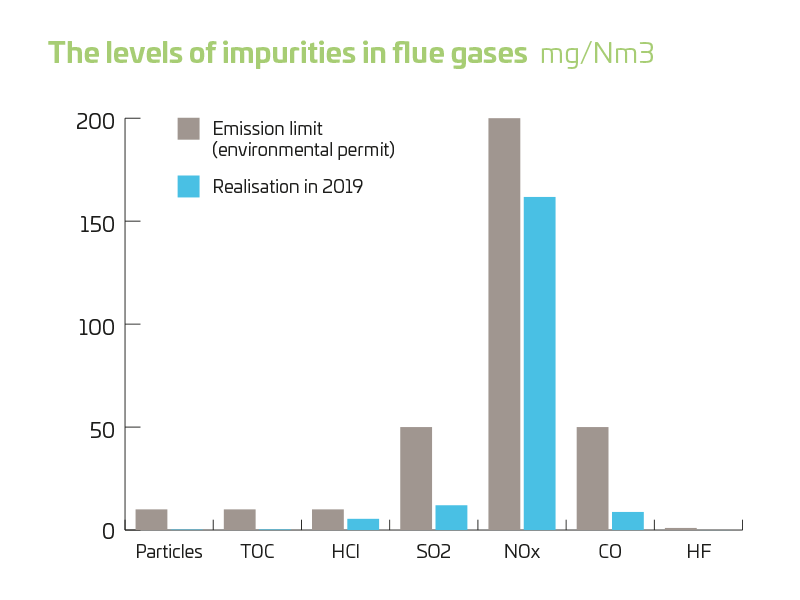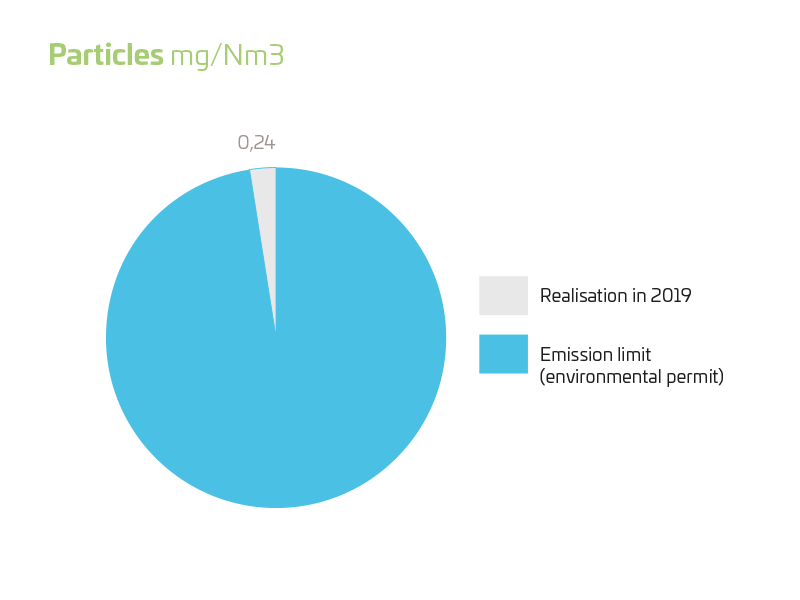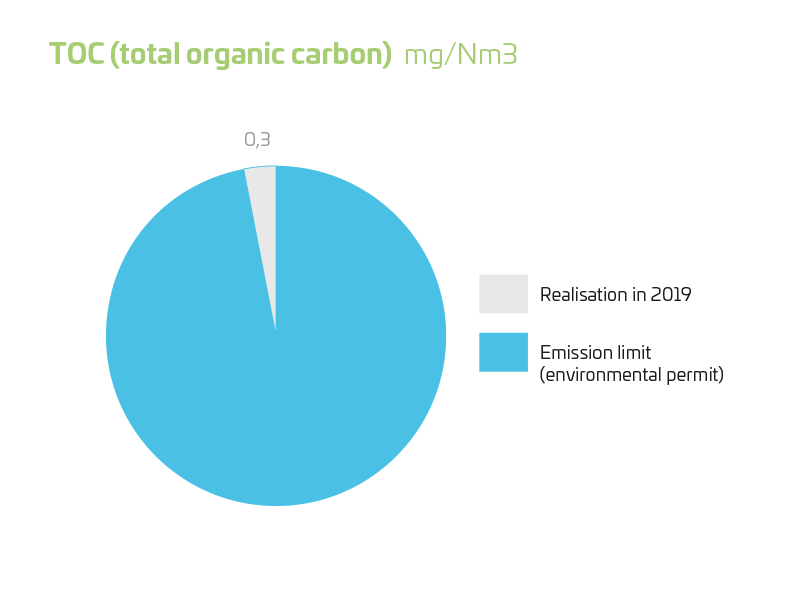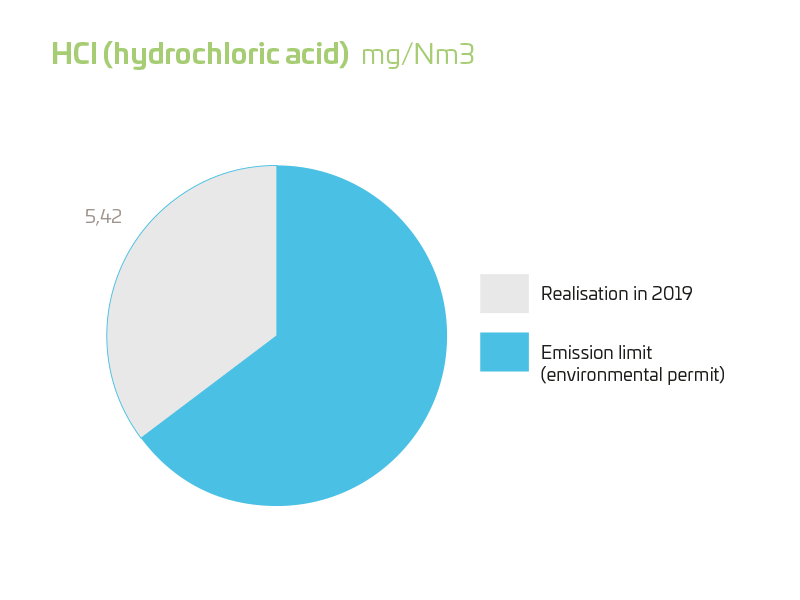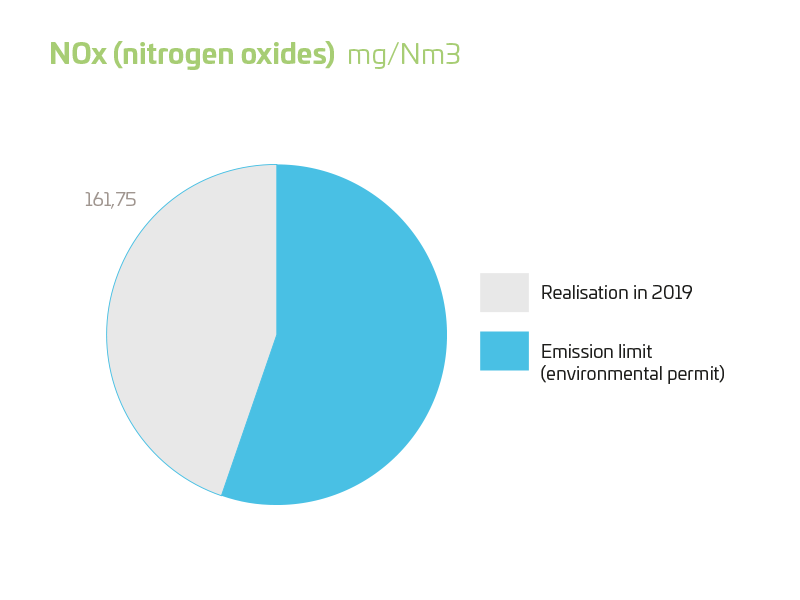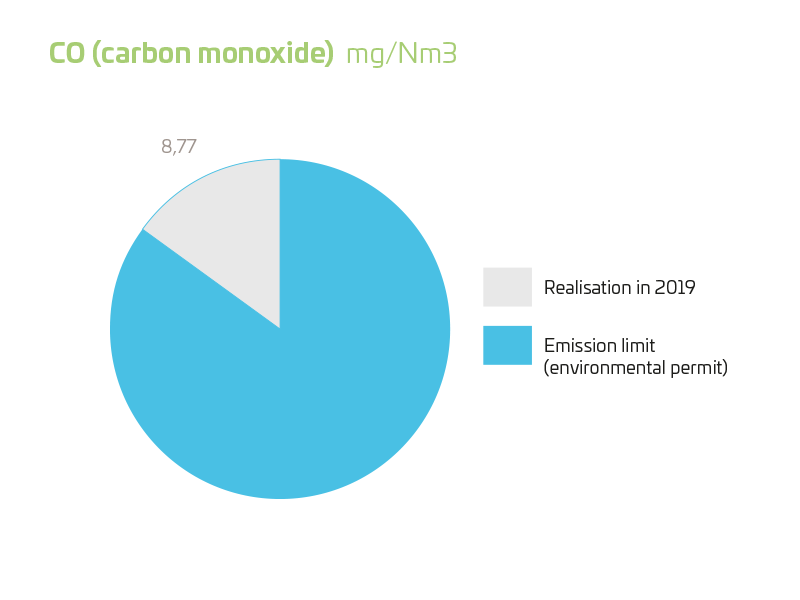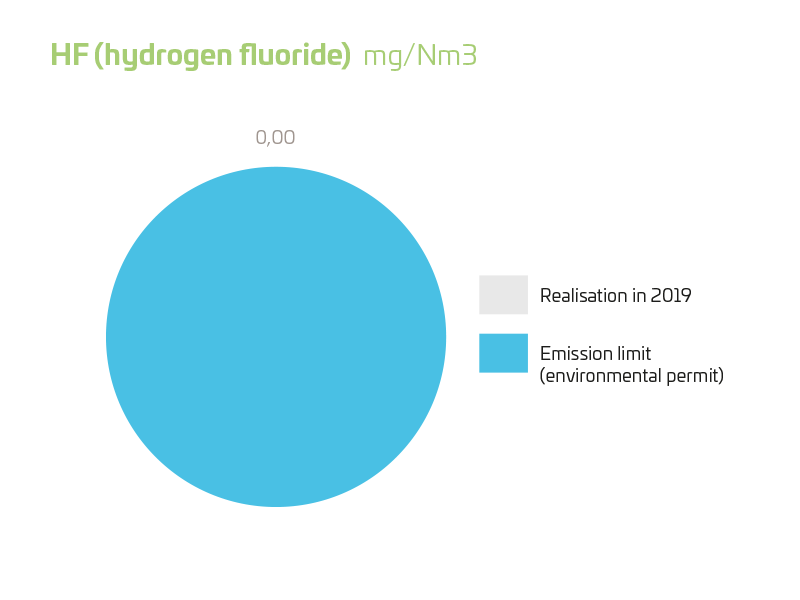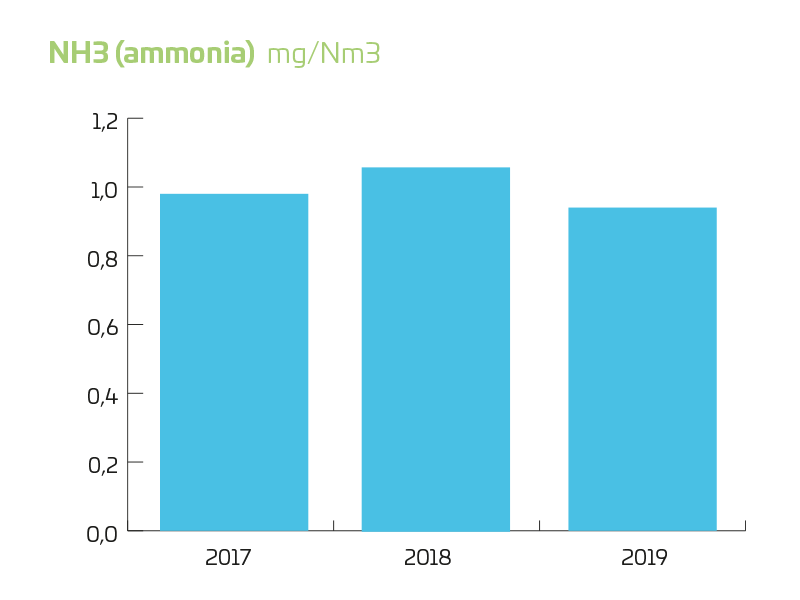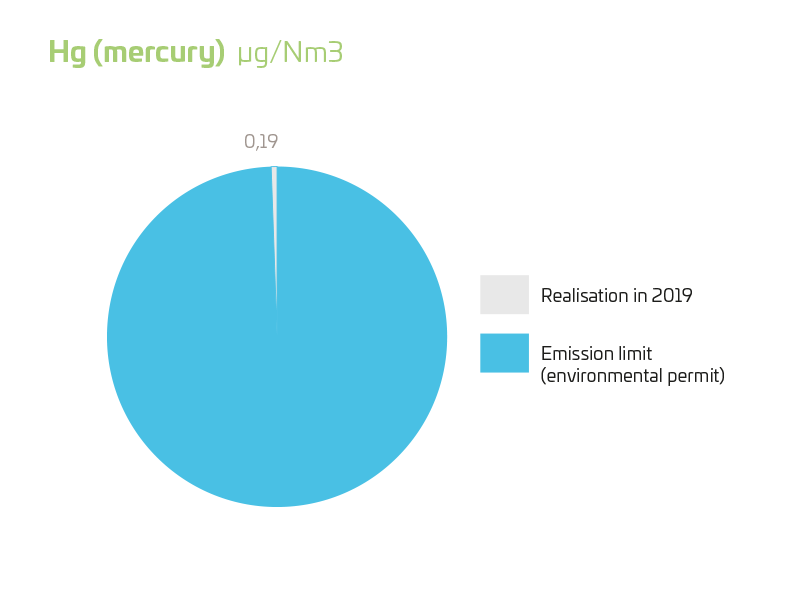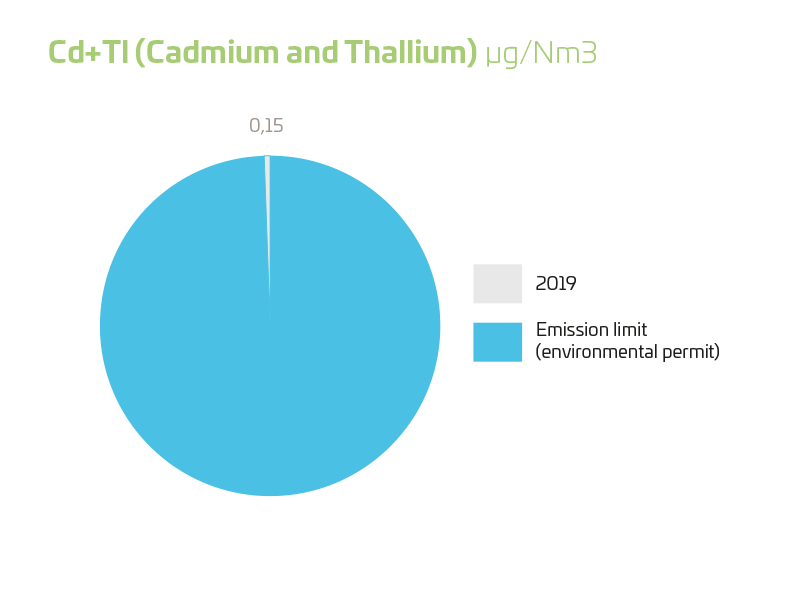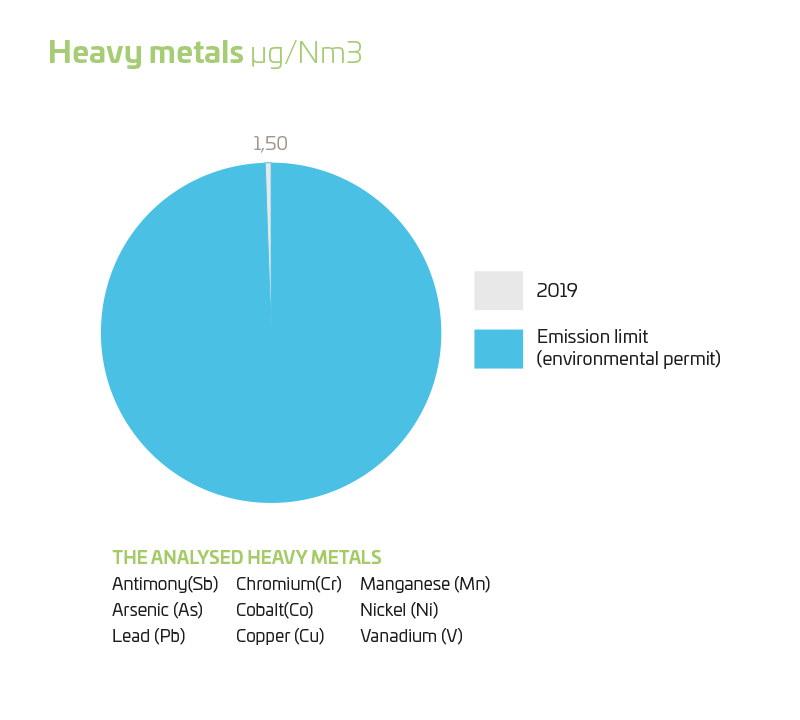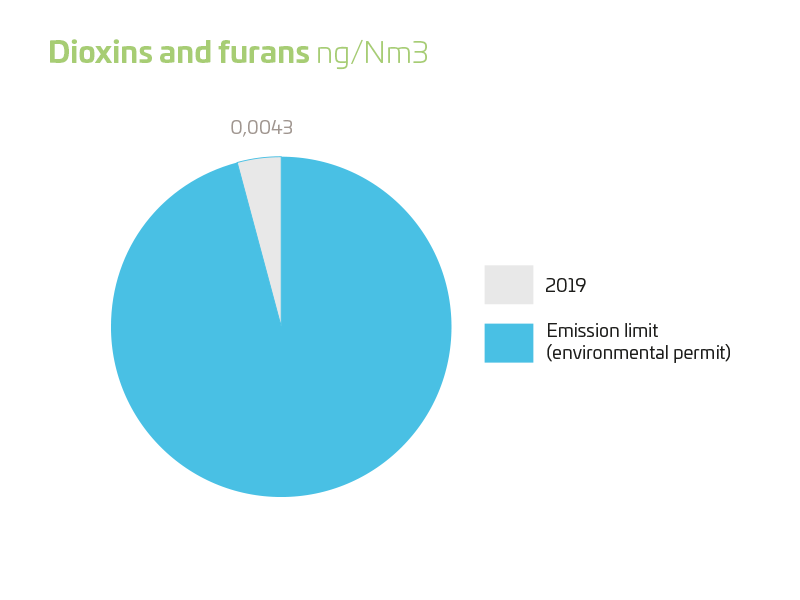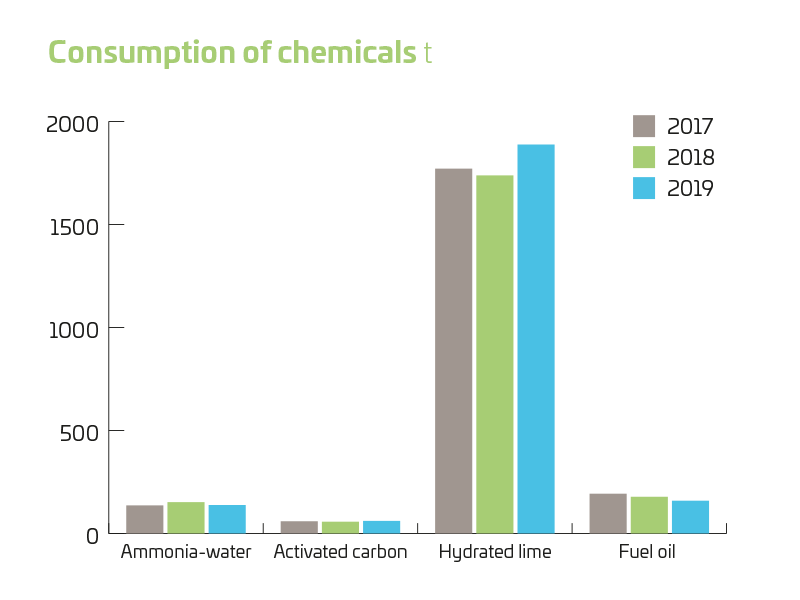


Monitoring emissions and waste quality are of key importance
Complying with the regulations outlined in the environmental permit is the starting point of the company operations. “There are a lot of regulations concerning, for instance, the fuel, emissions, residues and the near-by environment, and my work focuses mainly on these matters.” explains Westenergy’s Environmental Manager Tanja Västi.
Waste quality inspections give important information on how well the waste is sorted.
The regulations outlined in the environmental permit are related in many ways to the fuel of the plant, and as the fuel is source-separated household waste of which contents vary considerably when compared to any other fuel used in energy production, it is essential to inspect the fuel quality. “Our goal is to inspect 100 waste loads in a year. This represents a very small part of all the waste deliveries, but the inspections give us important information on how well the waste is sorted. The inspections have pointed out that the amount of metal and hazardous waste has been roughly the same throughout the time the plant has been in operation but the amount of construction and demolition waste has increased after 2016 when landfilling organic material was banned in Finland. Construction and demolition waste is not suitable for recycling and it, therefore, often ends up to waste-to-energy plants. It is not, however, suitable for energy recovery either as insulation wool, concrete elements and bricks cannot simply be incinerated and PVC plastic and plaster turn into acidic impurities in the process.”, Västi explains.
The flue gas scrubber removes acidic impurities (i.e. chlorides and sulphur compounds) efficiently from the flue gases but they still cause corrosion in the boiler pipes in the long run and it its expensive and time-consuming to replace the pipe walls. In addition, there is a risk that a wrong type of fuel will hinder the utilisation possibilities of the ash. Waste quality inspections are, therefore, important also in the future.
Because of the flue gas scrubber, the condensate water formed in the heat exchanger is also continuously monitored, and there are strict criteria for its quality outlined in the environmental permit and in the wastewater contract. The first samples of the condensate water have indicated that purification is on a very high level. “We are very far from the limits and partly the levels of impurities have been so low that it hasn’t been possible to get an accurate value even with the most sensitive measuring devices.”, Västi praises. The purified condensate water is used in the plant’s processes and new utilisation purposes are being mapped out so that the condensate water can be utilised more efficiently in the future.
Our aim is to optimise the plant operation so that its effects on the environment remain as minor as possible.
“We were aware that the emission regulations would become stricter in the near future, and this was one of the reasons why the flue gas scrubber was installed in the plant.”, Västi explains. The scrubber was taken into use just in time as the BREF document (Reference Document on Best Available Techniques) was published at the end of the year. The document outlines the best practices and emission limits for waste-to-energy plants in EU countries. The emission limits for acidic impurities will become stricter as anticipated but the document contains also new regulations regarding, for instance, new emission components and the functionality of the measuring devices. We comply with environmental regulations that concern waste-to-energy sector and aim at optimising the plant’s operation so that its effects on the environment remain as minor as possible. In 2020 we are going to map out the best way for Westenergy to capture carbon dioxide.”, Västi continues.

Ash becomes raw material for infrastructure construction and concrete industry
Some 30 000 – 35 000 tonnes of bottom slag that consists of ash and metal is produced in Westenergy’s WtE plant every year. Nearly all the ash can be utilised, and in 2019, about 31 000 tonnes of bottom slag was delivered to further treatment.
Larger metal items are separated manually from the ash already at Westenergy’s plant and recycled. The ash is then delivered to Ilmajoki where it is prepared for utilisation by Lakeuden Etappi and Suomen Erityisjäte. Before the pre-treatment process, the bottom slag is aged to lower its pH. Additionally, the amount of organic carbon in the ash is analysed as it gives information on the efficiency of the incineration process. The ash is then processed using an innovative ADR dry-separation method after which metal is recycled and the mineral fraction, or aggregate products, is directed to utilisation projects.
Manufactured aggregate products replace natural sand and gravel in infrastructure construction and concrete industry.
The aggregate products are used to replace natural sand and gravel as raw materials in different concrete products and as infrastructure construction material. In 2019, the bottom slag was utilised in the production of CE-labelled Scanwas 0/32 manufactured aggregate product that can be used in, for instance, sub-base layers of road and field structures.
In 2019, the bottom slag generated in Westenergy’s plant was utilised in the construction of a waste station owned by Lakeuden Etappi and in the material bank owned by the municipality of Seinäjoki.
Utilising ash reduces stress on the environment.
Utilising the ash of waste-to-energy plants is a good representation of circular economy as in this way, the residue of one production process becomes raw material for new production processes. Utilising ash reduces stress on the environment as using manufactured aggregate products replaces abstraction and use of natural sand and gravel, and recycling metals causes significantly less emissions and stress on the environment than quarrying ore and metal refining.
Below you can find information on the results of the emission measurements in 2019.

The results of emission measurements
Notice!
1 mg = 1 milligram = one thousandth of a gram or 0,001 grams
1 µg = 1 mikrogram = one millionth of a gram or 0,000001 grams
1 ng = 1 nanogram = one billionth of a gram or 0,000000001 grams
The levels of TOC, HCl, SO2, NOx, CO and HF are measured continuously,
whereas the levels of Cadmium and Thallium, heavy metals and dioxins and furans are measured twice a year.
